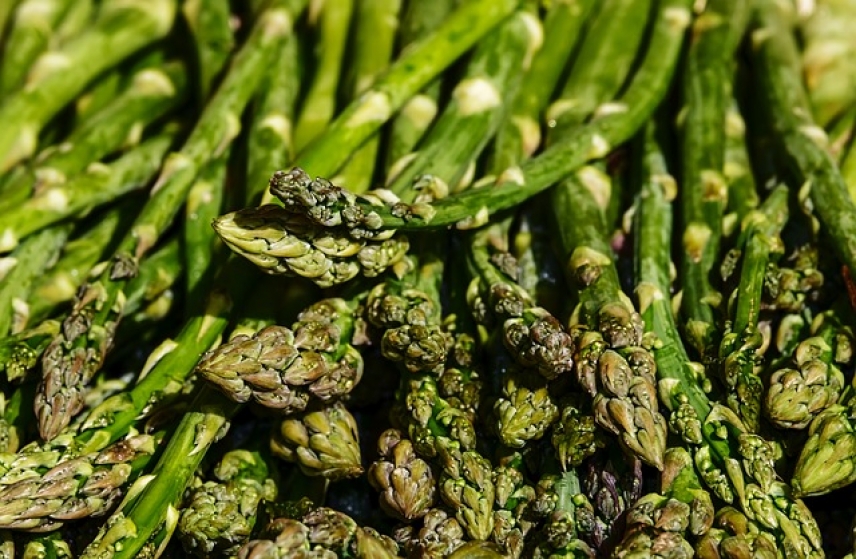 The most surefire way to understand this species is to establish its genetic map in the most complete way possible. The need for this led to the research done by the University of Cordoba’s School of Agricultural and Forestry Engineering Genectics Department research group made up of Teresa Millán, Juan Gil, Patricia Castro, Roberto Moreno and Verónica García.
The most surefire way to understand this species is to establish its genetic map in the most complete way possible. The need for this led to the research done by the University of Cordoba’s School of Agricultural and Forestry Engineering Genectics Department research group made up of Teresa Millán, Juan Gil, Patricia Castro, Roberto Moreno and Verónica García.
In the same way that a highway map shows a grid upon which towns and cities are located at various distances, a genetic map establishes different characteristics in each region of a grid. From an agricultural engineering perspective, greater yield, earliness in production, higher quality and resistance to pests and illnesses are the characteristics that are of greatest interest.
Specifically regarding garden asparagus, the genetic map drawn up by this research group, in partnership with the Institute of Experimental Botany in the Czech Republic, is the most thorough map of its kind in scientific literature to date. In other words, it is a very comprehensive map on which a large number of genetic markers are located.
This map’s thoroughness is what gave way to this UCO research group identifying the chromosome that determines gender in the plant. By means of a method that isolates chromosomes, this research group made it possible to facilitate focusing on only the chromosomes concerning agricultural engineering. Together with massive sequencing techniques applied to part of the mapping that the group was able to assemble after working for over a decade on asparagus is what allowed for sketching a map with enough detail necessary to better understand this species and above all, identify the chromosome responsible for making the plant male or female.
Why is gender so important?
Garden asparagus is a dioecious species, meaing there are male plants and female plants with a chromosome determining which is which. Male plants are more profitable than female plants, so improving varieties focuses on developing hybrids in which all the plants are male.
 In order to produce these varieties, “super male” plants are needed, whose chromosomes are YY (not XY). The problema lies in the time and money required to develop these “super males.” What the UCO research group accomplished is putting into writing the information required to develop a marker that can locate “super males,” thus reducing the time needed from between 2 and 3 years to just one year.
In order to produce these varieties, “super male” plants are needed, whose chromosomes are YY (not XY). The problema lies in the time and money required to develop these “super males.” What the UCO research group accomplished is putting into writing the information required to develop a marker that can locate “super males,” thus reducing the time needed from between 2 and 3 years to just one year.
This kind of applied research aims to increase knowledge that can later be applied to an improvement program that would help seed producers as well as asparagus farmers. The recurring theme in plant improvement is resolving issues by means of developing new varieties, as in individuals adapted to different growing contexts and changes in climate conditions. Furthermore, it means peace of mind for producers and the food industry.
Moreno, R; Castro, P; Vrana, J; Kubalakova, M; Capal, P; Garcia, V; Gil, J; Millan, T; Dolezel, J. Integration of Genetic and Cytogenetic Maps and Identification of Sex Chromosome in Garden Asparagus (Asparagus officinalis L.) FRONTIERS IN PLANT 10.3389/fpls.2018.01068


